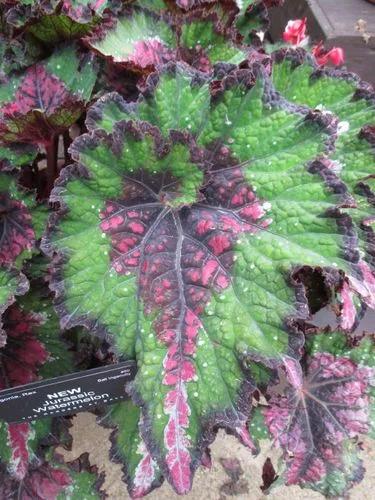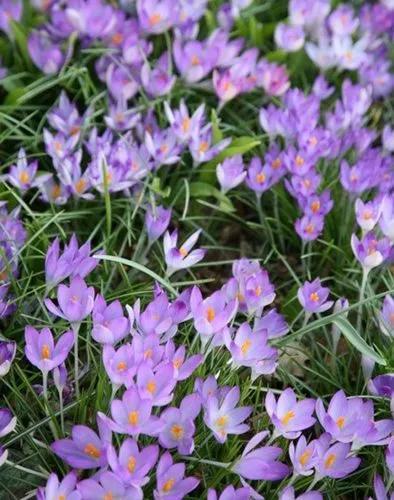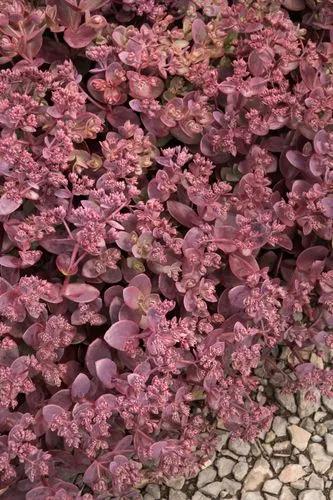Robust, erect herb to 1.2 m high, much-branched,densely pubescent with ± spreading hairs. Leaflets 7–13, oblanceolate to oblong, mostly 1.8–6 cm long, 7–12 mm wide, silky or ± appressed-villous on both surfaces, apex mucronate; stipules subulate. Racemes 5–15 cm long; peduncle c. 3 cm long; flowers scarcely scented, pedicels 2–4 mm long; bracteoles 2–7 mm long. Calyx c. 10 mm long. Corolla 12–17 mm long, mostly blue; standard with a yellowish white eye; keel whitish, apex dark blue. Pod 40–60 mm long, densely pubescent; seeds 3–5, ± circular, 6–9 mm long, rough, greyish brown with darker markings.
Lupinus Concordini Walp. Care
Lupinus cosentinii



The numerous flowers are arranged in elongated clusters at the tips of the branches (i.e. in terminal racemes). These clusters (5-15 cm long) are borne on short stout stalks (i.e. peduncles) about 3 cm long. Individual flowers are arranged in groups (i.e. whorls) along the main stem of the flower clusters and are borne on very short stalks (i.e. pedicels) 2-4.5 mm long. These pea-shaped flowers (12-17 mm long) are mostly blue in colour, though the uppermost petal (i.e. standard) in each flower often has a whitish or yellowish base. They also have two side (i.e. lateral) petals and two lower petals that are fused together into a single folded petal (i.e. keel) with a whitish base. The five green sepals (8-12 mm long) are hairy (i.e. villous) and fused together at the base into a short tube (i.e. calyx tube). Each flower also has ten stamens, with their filaments being fused together into a tube, and an ovary topped with a style and stigma. Flowering occurs mostly during spring (i.e. from August to November). The elongated pods (4-6 cm long and 1.3-1.7 cm wide) are densely hairy (i.e. villous or pubescent) and usually contain 3-5 seeds. They are somewhat flattened (i.e. compressed) and turn from greenish to brownish in colour as they mature. The seeds are almost circular and somewhat flattened (6-9 mm long, 4-7 mm wide and 3-4 mm tall) with rough surfaces. They are light grey, greyish-brown or brown with darker brown or blackish coloured markings (i.e. mottled).
This plant is useful.
How to get rid of: Hand remove scattered plants prior to flowering. Spray dense infestations with metsulfuron methyl 0.1g/15 L (2-3 g/ha) + wetting agent. Larger areas can be treated with more selective herbicides such as 200 g/ha Lontrel® or 50 g/ha Logran® (based on 500 L of water/ha). For spot spraying use 4 g Lontrel® or 1 g Logran® in 10 L of water + wetting agent. Glyphosate is relatively ineffective. Read the manufacturers' labels and material safety data sheets before using herbicides. For further information consult the Australian Pesticides and Veterinary Medicines Authority to determine the status of permits for your situation or state.
How to Care for the Plant

Popularity

21 people already have this plant 8 people have added this plant to their wishlists
Discover more plants with the list below
Popular articles






